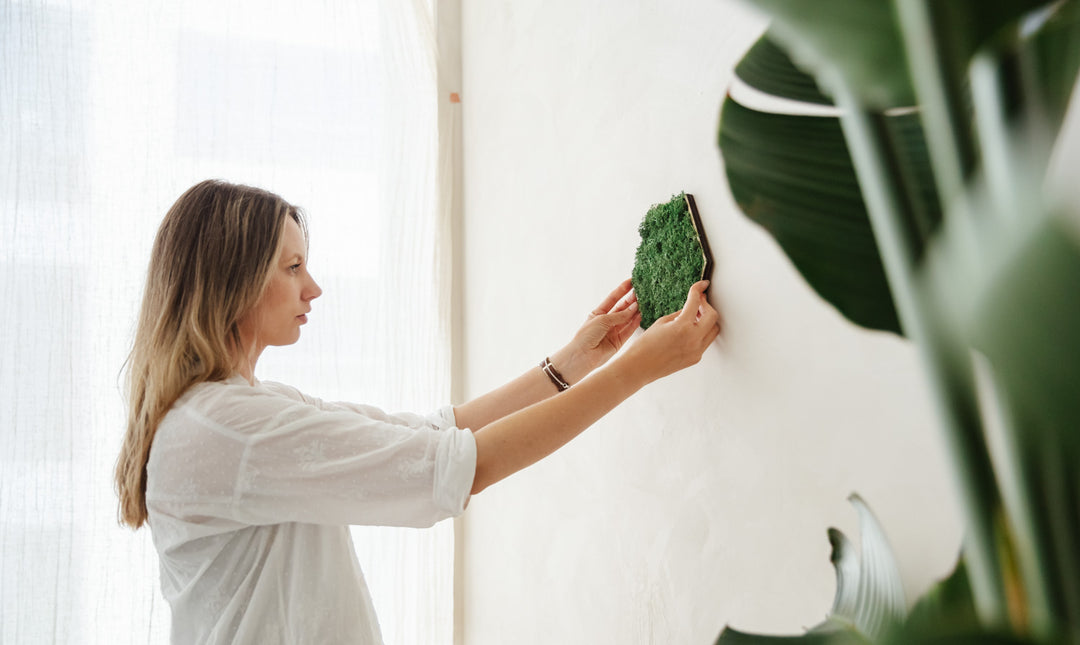A dive into the history of the mini ecosystem
You probably noticed, terrariums with plants are a big trend in interior design. But did you know that this phenomenon is centuries old? As early as the nineteenth century, the mini ecosystem grew into a hip home accessory. A dive into history.
Accidental discovery
The predecessor of the terrarium as we know it today is the 'Wardian case'. A small greenhouse made of glass and wood, named after London physician and amateur botanist Nathaniel Bagshaw Ward. He accidentally discovered in 1829 that various plant species – including ferns – can sustain themselves in a small, sealed glass box. The moisture that is lost through the leaves precipitates as condensation and is absorbed again by the roots.
Tropical plants
The handy size made it easy for people to transport the Wardian case on seagoing vessels. Naturalists, including Ward, used this invention during their explorations. This enabled them to expand their plant collections and bring all kinds of tropical species to Europe. Houseplants that still grace our living rooms and gardens today! Fun fact: international greenhouse horticulture eventually emerged from the Wardian Case.
The showpiece in the house
Besides functional, the terrariums also had a decorative function. They grew into popular home accessories in the nineteenth century. Many wealthy families in Western Europe and America had a terrarium on display. These miniature greenhouses sometimes looked like little glass palaces. The trend also created a true fern and orchid hype! These exotic plants really came into their own in the beautiful terrariums.
Green in glass
Mini gardens behind glass are back today, and how: terrariums come in all shapes and sizes. From our Erlenmeyer, whose characteristic shape is reminiscent of laboratory glassware, to the Biodome, a dome-shaped terrarium. Or how about our Ecolight XL with an LED light on the top, which creates a unique effect? Provided with moss, supplemented with all kinds of tropical plants, a complete world is created behind glass.
Self-sufficient
A plant terrarium looks great in your interior. What is unique is that the plants in such a mini ecosystem are self-sufficient. When a leaf withers, it is converted back into food and so on. The only thing you have to pay attention to is that you don't put the terrarium in full sun, but that the plants still get a lot of light. Minimal care and an incredibly beautiful accessory in your interior. Thanks to Nathaniel Bagshaw Ward's genius invention!







Leave a comment